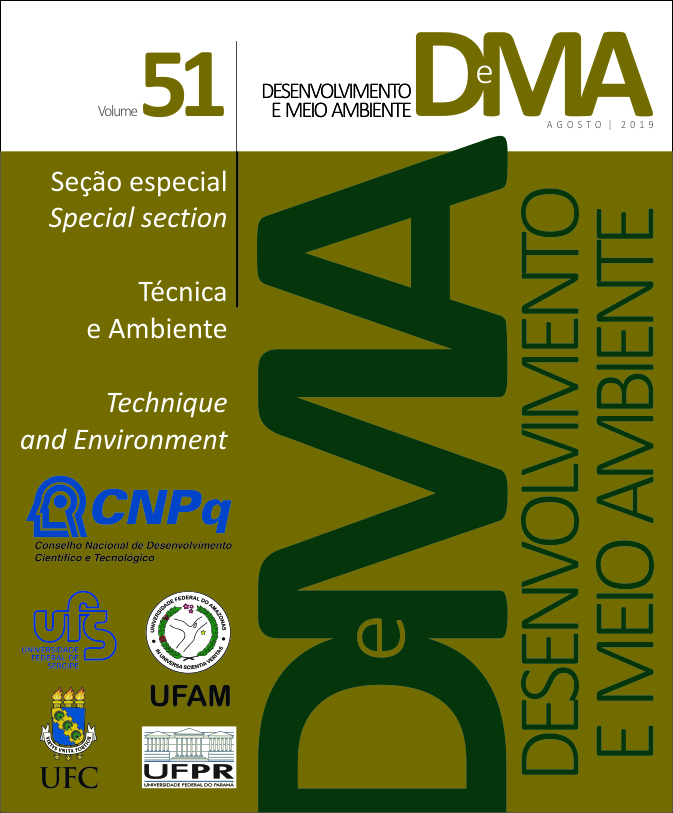Inclusion of waste pickers in the reverse logistics of Waste Electrical and Electronic Equipment (WEEE) – the case study of Projeto Eco Eletro
DOI:
https://doi.org/10.5380/dma.v51i0.59970Palavras-chave:
Waste Electrical and Electronic Equipment (WEEE), National Solid Waste Policy, waste pickersResumo
This paper aims to understand the insertion of cooperatives of recyclable waste pickers in the market of Waste Electrical and Electronic Equipment (WEEE) in Brazil based on the National Policy on Solid Waste (PNRS). To that end, a case study of the Projeto Eco Eletro was undertaken. The policy is first described in general terms and then explored in specific topics. Six interviews with different actors in the field of electronics were also carried out. The main results were the summarization of four critical points present in the PNRS for the inclusion of waste pickers into the WEEE market, and opportunities and challenges faced by the Projeto Eco Eletro, which are the same as those faced by cooperatives in their day-to-day work within the WEEE market. It was concluded that there is a clear barrier in the access of the waste pickers' cooperatives in sectoral negotiations and in the market. Furthermore, there is a contradiction by the government, which envisioned the inclusion of collectors without promoting concrete actions for such inclusion to occur, especially given the existent economic interests in the sector.
Downloads
Publicado
Como Citar
Edição
Seção
Licença
Os Direitos Autorais sobre trabalhos publicados nesta revista são do autor, com direitos de primeira publicação para a revista. O conteúdo dos trabalhos publicados é de inteira responsabilidade dos autores. A DMA é um periódico de acesso aberto (open access), e adota a licença Creative Commons Atribuição 4.0 Não Adaptada (CC-BY), desde janeiro de 2023. Portanto, ao serem publicados por esta Revista, os artigos são de livre uso para compartilhar (copiar e redistribuir o material em qualquer suporte ou formato para qualquer fim, mesmo que comercial) e adaptar (remixar, transformar, e criar a partir do material para qualquer fim, mesmo que comercial). É preciso dar o crédito apropriado, prover um link para a licença e indicar se mudanças foram feitas.
Os conteúdos publicados pela DMA do v. 53 de 2020 ao v. 60 de 2022 são protegidos pela licença Creative Commons Atribuição – Não Comercial – Sem Derivações 4.0 Internacional.
A DMA é uma revista de acesso aberto desde a sua criação, entretanto, do v.1 de 2000 ao v. 52 de 2019, o periódico não adotava uma licença Creative Commons e, portanto, o tipo de licença não é indicado na página inicial dos artigos.




